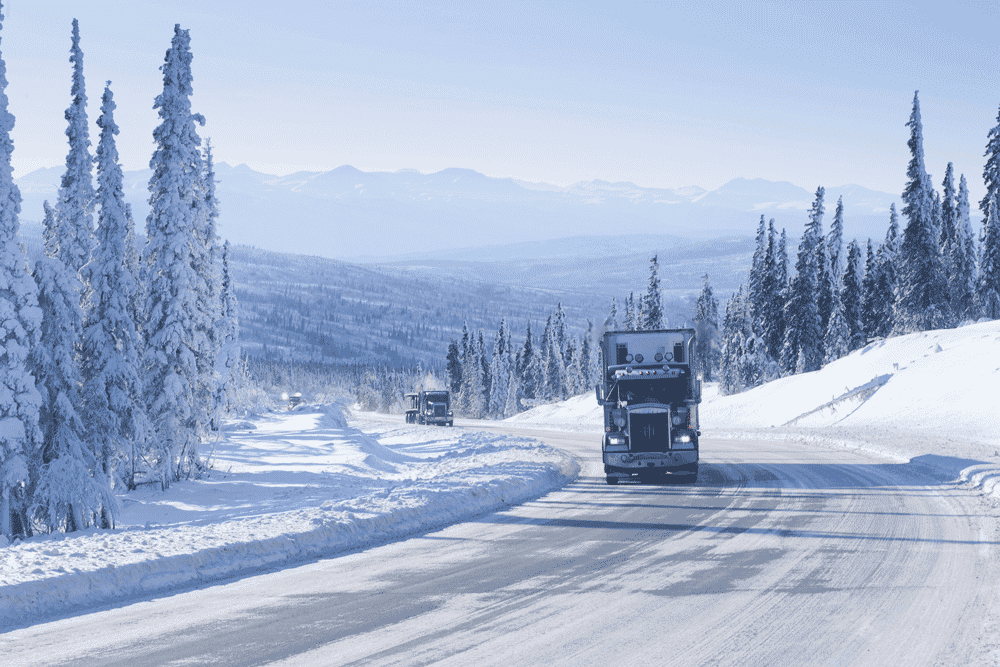An important part of avoiding emergency repairs as well as reducing downtime to a minimum is winterizing your fleet. Whether your service fleet consists of a single vehicle or a few hundred, following these seven steps ensures that your vehicles are properly prepared for winter.
Tires:
Make sure that all tires are full and at their accurate pressure. Maintaining the correct tire pressure not only assists with safety, it also reduces the costs of fuel. Additionally, make sure the tires you are using are the right ones for the road and weather conditions, as well as your geography. Make sure there is sufficient tread on the tires, this is especially important since you may need to navigate through rain, sleet, or snow.
Gas:
If your fleet is comprised of larger trucks, make sure that the gas tanks are at least half full. If you don’t, there is a chance that water vapor can collect at the bottom of the gas tank, this can then be drawn into your fuel line; if there are extremely cold temperatures, it can freeze and your engines will not be able to start.
Fluids Must Be Topped Off:
Before the harsh winter weather hits is the best time to check and if necessary, top of the fluids in your vehicles. The engine coolants, brake, power steering, windshield washer and other fluids should be checked and topped off.
Oil:
It is important to make sure that the correct viscosity of motor oil is being used when you drive in cold weather. If the oil is too thick when the engine is turned on and cold, it won’t be able to flow and protect the components, resulting in greater wear on the engine. Look over the owner’s manual for the viscosity that is recommended to be used in freezing temperatures.
Battery:
There is also a negative impact that could be had on your vehicle’s batteries due to low temperatures. When a situation arises that requires that extra strong startup power, your battery may not be able to handle it. Make sure you get your batteries checked, is they are over three years old, consider replacing them. Additionally, use a terminal cleaner to keep the contacts corrosion free.
Hoses, Belts and Lines:
All the hoses, belts, and lines of the vehicles should be inspected for any wear and tear. It would be disastrous for you and your vehicle to drive during the winter with a worn belt. The last thing you want is one of your drivers stranded on the side of the world during the winter. Inspect all belts for any signs of cracking or fraying. If there is even the slightest hint of being worn, change the belt and avoid a breakdown during harsh winter weather.
Heater:
Finally, all heater elements should be checked, to ensure the work accurately; they should also be defrosted. Your drivers will be using the heater during the winter, and depending on how harsh the winter and a heater that is not maintained may be unable to handle the increased use.
Emergency Roadside Assistance Protection:
Even the most well-maintained fleet will have breakdowns, and accidents can happen. An important component of any fleet management plan, especially during the winter season is roadside assistance coverage. Commercial and fleet roadside service plans provide 24/7 coverage and rapid response times which help get your fleet vehicles to a repair shop and back on the road quickly. Bouncing back quickly after a breakdown or accident minimizes lost productivity, repair and downtime costs, and lost revenues. Additionally, plans through companies like Best Roadside Service are customizable to make sure you’re meeting the specific needs of your employees and customers as well as your business, while taking into account the unique difficulties your fleet may face during the harsh winter weather.
These are a few of basic, but important, steps that can help you keep your fleet at its best during the winter months. So take the time to address each of these steps before the winter season begins, instead of waiting for the problems to arise during a winter storm.





